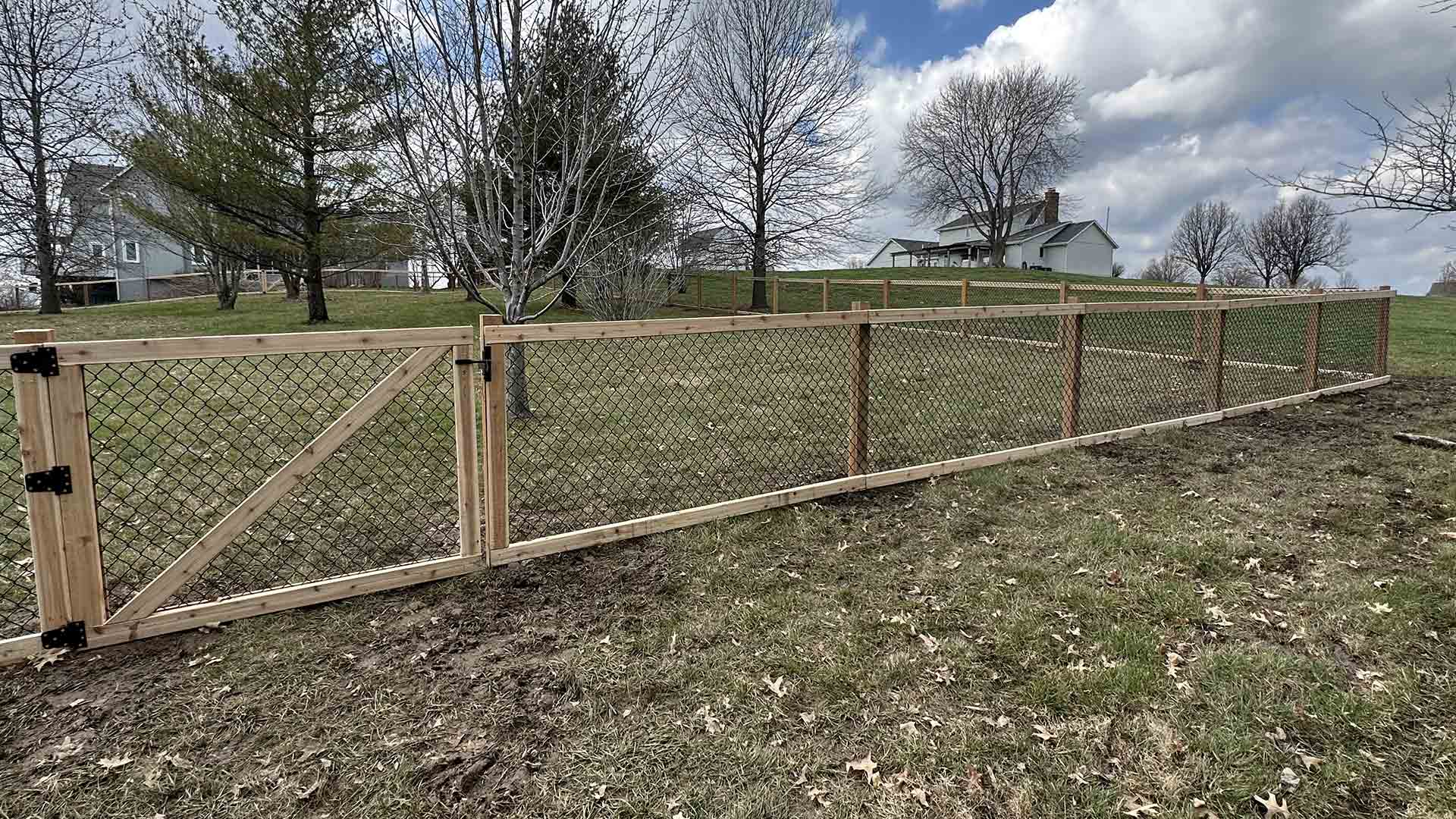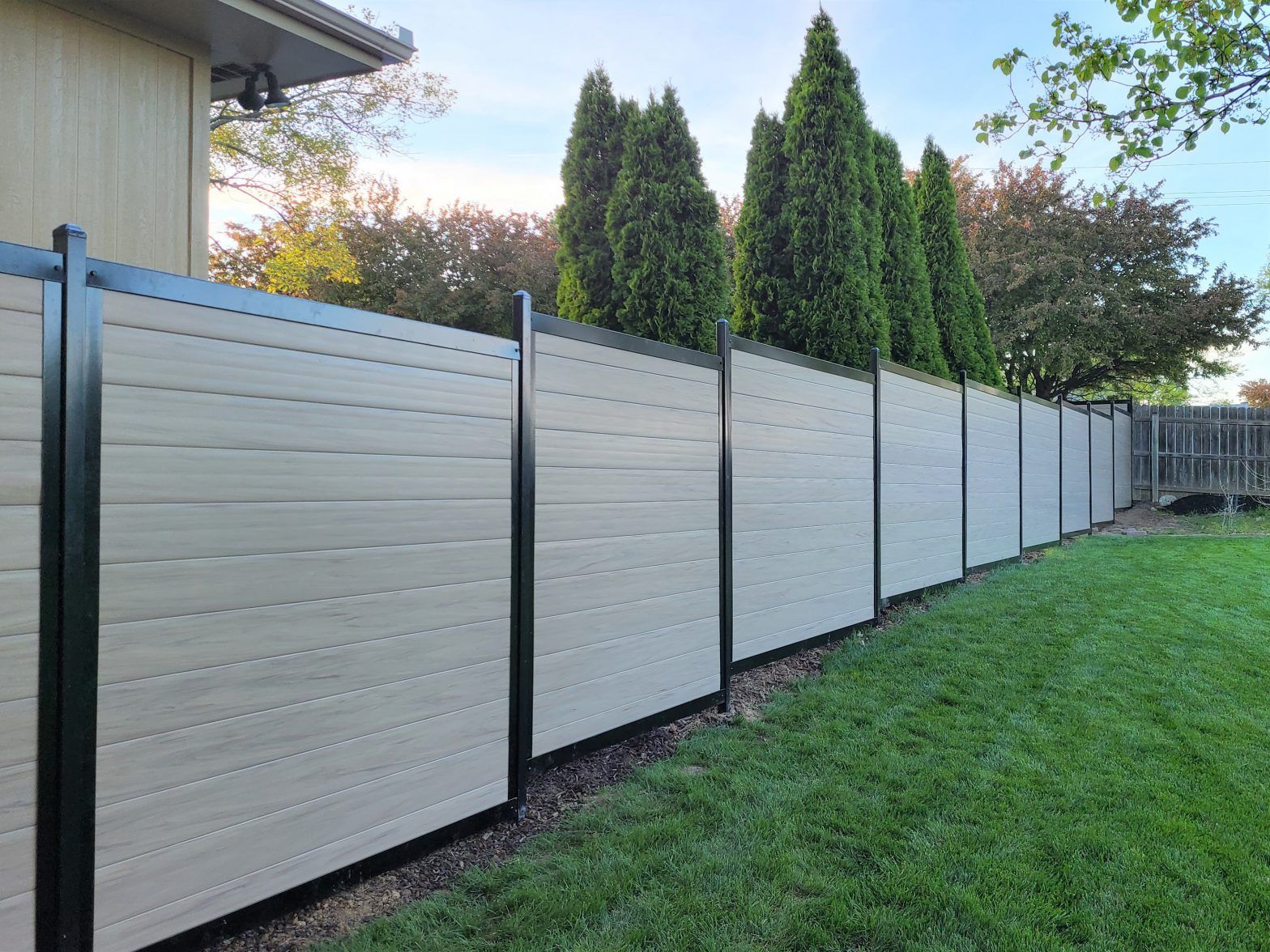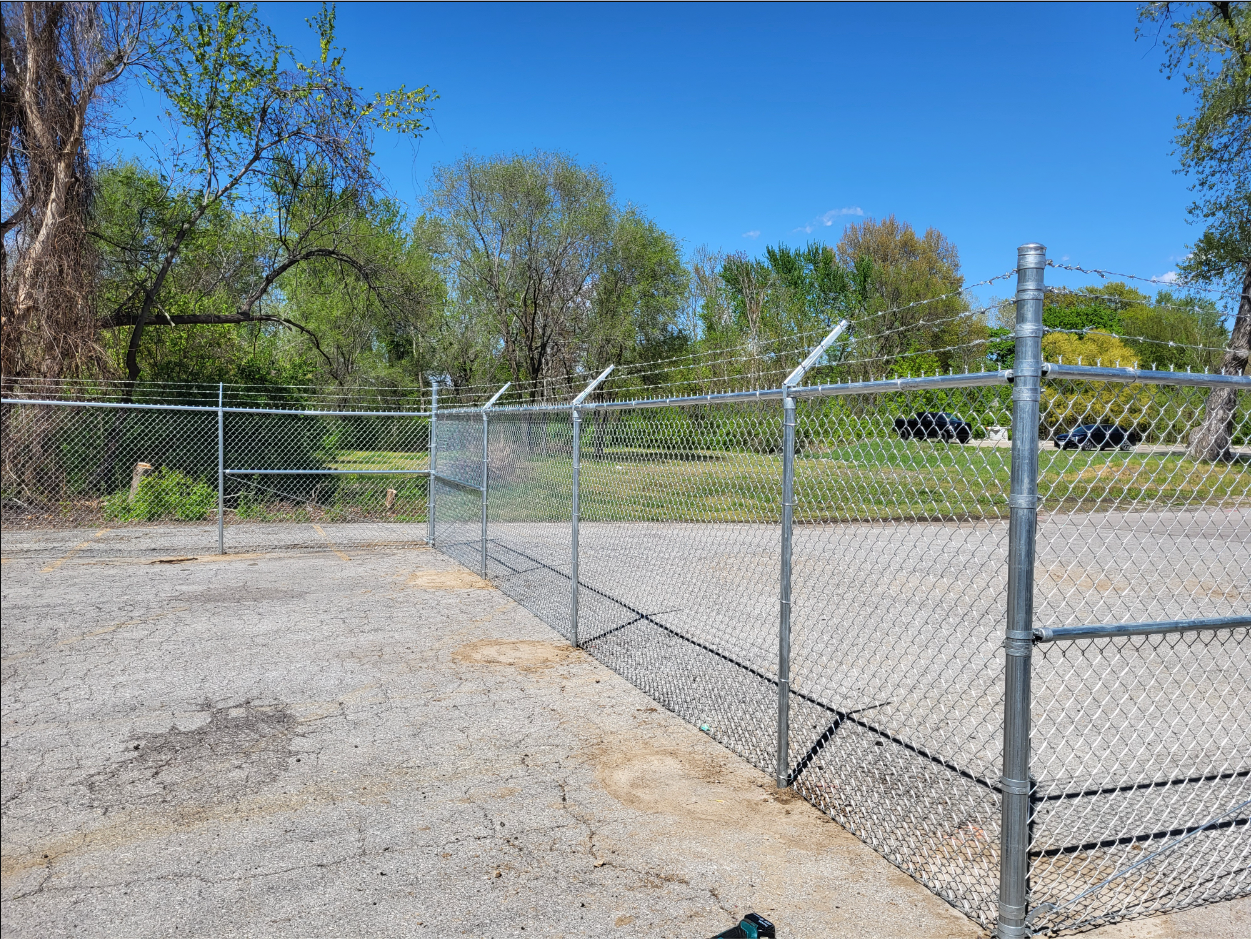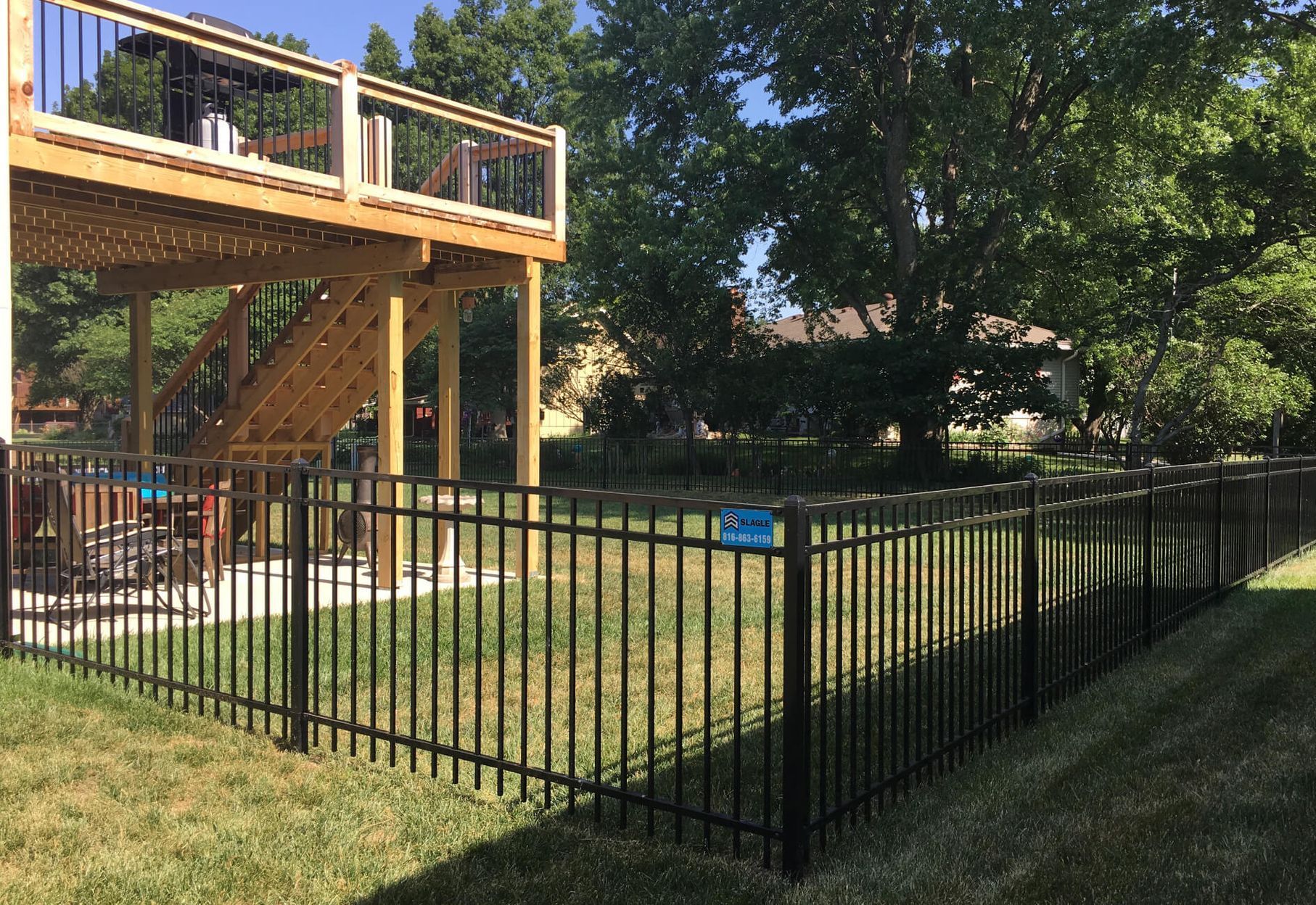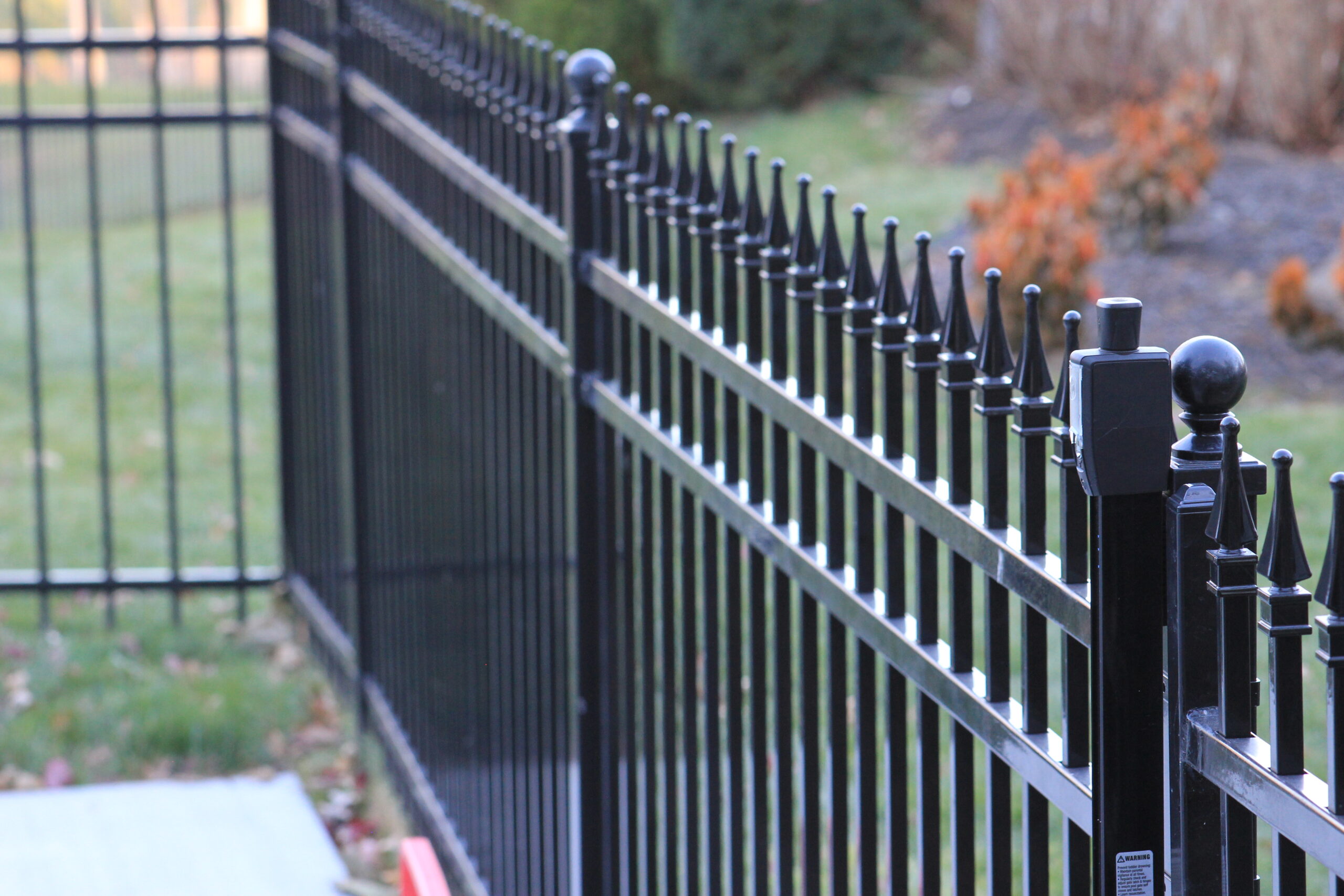If you’re wondering whether a chainlink fence is cheaper than wood, the answer is yes. In fact, is chainlink fence cheaper than wood? Chainlink fences generally cost less upfront and require minimal maintenance compared to wood fences. This guide will detail the cost differences, installation expenses, and long-term value of both options, helping you make an informed decision.
Key Takeaways
-
Chain link fences are generally more affordable than wood fences, with prices ranging from $12 to $22 per linear foot compared to wood’s $17.85 to $37 per linear foot.
-
Long-term maintenance costs are lower for chain link fences, which require minimal upkeep, while wood fences incur ongoing expenses due to regular maintenance needs.
-
Chain link fences typically last longer and involve lower replacement costs than wood fences, making them a more economical option in the long run.
Is Chainlink Fence Cheaper Than Wood? A Cost Comparison Guide

Chain link fences are generally more affordable than wood fences, making them popular among budget-conscious consumers. On average, chain link fences cost between $12 and $22 per linear foot, while wood fences range from $17.85 to $37 per linear foot. Installing a chain link fence typically costs between $1,825 and $3,500, whereas wood fences range from $2,650 to $4,000. This significant difference underscores the cost-effectiveness of chain link fencing, making it an appealing choice for homeowners on a budget.
Chain link fencing is often simpler to install, contributing to its lower overall costs. Its lower material and installation expenses make it chain link fence cheaper than wood fencing.
This guide breaks down these costs in more detail, helping you understand potential savings and long-term value considerations.
Introduction
This guide helps homeowners compare the costs of chain link and wood fences for informed decision-making. By focusing on these common fencing types, we offer a detailed cost comparison for those seeking to enhance their properties affordably.
Understanding the cost differences between these fence types is essential for budget-conscious homeowners. Whether you aim for a functional perimeter or an aesthetically pleasing boundary, knowing the financial implications can influence your choice.
Initial Investment: Comparing Costs
Chain link fencing generally requires a lower initial investment than wood fencing. Chain link fences typically cost between $12 and $22 per linear foot, while wood fences range from $17.85 to $37 per linear foot.
The overall cost of fencing is influenced by various elements such as materials, dimensions, and the complexity of installation. Chain link fencing often proves more cost-effective due to lower installation and material costs.
Chain Link Fence Installation Costs
The national average cost for chain link fence installation is about $2,090. Installing a 200-foot chain link fence typically ranges from $1,000 to $4,000. This price can vary based on height, wire gauge, and additional features. Installation expenses usually range from $10 to $20 per linear foot.
Installation costs for chain link fences vary significantly based on height, wire gauge, and additional features. Labor charges typically make up about 50% of total costs, enhancing the cost-effectiveness for many homeowners.
Wood Fence Installation Costs
Wood fencing costs are generally higher, ranging from $20 to $50 per linear foot, influenced by wood type and design. For a 200-foot wood fence, homeowners should expect to spend between $4,000 and 10,000 depending on specific design and material factors, with the overall wood fence cost varying based on these elements.
Wood type, style, and height significantly influence wood fence installation costs. These factors contribute to higher initial costs compared to chain link fencing but offer a distinct aesthetic appeal many homeowners value.
Long-Term Maintenance and Repair Costs

Long-term maintenance and repair costs are important when choosing between chain link and wood fences. Wood fences incur more long-term expenses due to regular upkeep, whereas chain link fences require minimal maintenance and seldom need repairs, leading to lower overall replacement costs.
Chain Link Fence Maintenance Costs
Chain link fences require minimal upkeep, such as occasional tightening of bolts. Repairs are mainly needed to address rust, especially in humid environments. With proper care, chain link fences can last around 20 years, potentially extending to 30 years with durable galvanized materials and optional vinyl coatings.
The maintenance costs for chain link fences are generally low compared to wood fences, making them an attractive option for homeowners seeking a low-maintenance solution.
Wood Fence Maintenance Costs
Wood fences require regular maintenance tasks like staining, sealing, and replacing individual boards to achieve maximum lifespan. Neglecting maintenance can lead to significant damage, necessitating costly repairs and treatments against rot and pests. Maintenance frequency can be influenced by factors such as UV light exposure, humidity levels, and pest presence.
Investing in higher-quality wood like cedar or redwood can lead to better long-term durability, potentially justifying higher initial costs. However, regular upkeep can add up, making wood fences more expensive over time.
Longevity and Replacement Costs
A fence’s longevity significantly impacts its replacement costs. Chain link fences can last several decades with proper care, while well-maintained wood fences typically last 20-30 years. Wood fences are susceptible to rot and insect infestation, which can affect their lifespan.
Replacing parts of a damaged chain link fence is usually more cost-effective and simpler than fixing a wooden fence. Overall, chain link fences tend to offer longer lifespans and lower replacement costs, making them a more economical choice in the long run.
Lifespan of Chain Link Fences
Chain link fences typically last between 25 to 30 years, while well-maintained wood fences usually last 15 to 20 years. Chain link fences are durable as they do not rot, warp, or suffer insect damage, making them a low-maintenance option compared to wood fences.
With proper care, chain link fences can last up to 30 years, making them a cost-effective solution for homeowners seeking long-term durability.
Lifespan of Wood Fences
Well-maintained wood fences can last between 20 to 30 years, influenced by wood type and environmental factors like climate and maintenance practices. A well maintained wood fence is generally durable and can last many years with proper care.
The average lifespan of wood fences is about 15 years, but with better maintenance, they can extend up to 30 years, making them a viable option for those willing to invest in regular upkeep.
Replacement Costs for Both Fence Types
Repairing a wood fence can cost between $100 and $500, while replacing it can average between $1,700 and $4,420. The long lifespan of chain link fences can extend the time before replacement is necessary, ultimately leading to reduced long-term replacement costs.
This makes chain link fencing a more economical choice in terms of both replacement and maintenance.
Aesthetic Appeal and Property Value

Aesthetic appeal significantly enhances a property’s value and curb appeal. Wood fences offer a natural look and can be customized through painting or staining, boosting their aesthetic appeal and property value. Conversely, chain link fences are often seen as unattractive and provide less privacy, making them less desirable in residential settings.
Visual Appeal of Chain Link Fences
Chain link fences lack the natural beauty of wood fences, leading to perceptions that they are more suitable for commercial properties. However, homeowners can enhance the appeal of chain link fences by adding privacy slats or applying vinyl coatings in colors like black, green, white, and brown.
Visual Appeal of Wood Fences
Wood fences are favored for their ability to blend beautifully with various home style wood fences. Customizing wood fences tend is simpler due to their versatility in height and design.
The aesthetic appeal of wood fencing often makes it the preferred choice for homeowners despite its higher cost.
Factors Influencing Fence Costs

Several factors influence fencing costs, including fence material, length, height, and gate installation. Different wood types significantly impact pricing; for instance, cedar can cost double the price of pine.
Additional costs can arise from items such as gates, old fence removal, and land surveys, affecting the total expense of fence installation.
Location-Specific Cost Variations
Local market conditions significantly impact material and labor costs associated with fence installation. Prices may vary depending on regional demand for specific materials and local labor rates.
Size and Area Coverage
Larger fence project require more materials and incur higher labor costs, making size a significant cost factor. The height and length of a fence are critical in determining material needs and labor expenses, with taller fences generally costing more.
Customization and Design Options
The style and design of a fence, including decorative features, can increase installation expenses. Customization options for wood fences include styles such as dog ear, cap and trim, board on board, and horizontal. Adding features like decorative caps and gates can significantly elevate the total cost of both chain link and wood fences.
Making an Informed Decision
Making an informed decision requires balancing the practicality of chain link fences with the aesthetic appeal of wood fences. Chain link fences require less maintenance compared to wood fences, leading to significant long-term savings. However, wood fences have higher long-term maintenance costs due to regular upkeep needs.
Fencing can affect property value based on type, condition, and location. A stylish, well-maintained fence boosts a home’s visual appeal, potentially increasing its market value. Therefore, the choice between fence types should be influenced by personal priorities like security, aesthetics, and budget.
Choosing the Right Fence for Your Budget

Selecting the right fence for your budget involves weighing upfront costs against long-term expenses. Chain link fences, with installation costs ranging from $5 to $20 per linear foot, offer a more affordable initial investment compared to wood fences, which range from $20 to $50 per linear foot. While chain link fences incur minimal maintenance costs, wood fences require regular maintenance such as painting and repairs, leading to higher long-term expenses.
Consulting with a fence installation professional can help homeowners tailor their needs based on budget constraints and the unique characteristics of each fencing type. Professional guidance ensures property owners make the best choice for their specific circumstances, balancing cost, aesthetic, and maintenance considerations.
Summary
In conclusion, while chain link fences generally offer a more cost-effective solution due to their lower initial and maintenance costs, wood fences provide superior aesthetic appeal and can significantly enhance property value. Understanding the long-term maintenance and replacement costs associated with each type is crucial in making an informed decision. For budget-conscious homeowners, the practical benefits of chain link fences can outweigh their aesthetic limitations.
Ultimately, the choice between chain link and wood fencing should be guided by individual needs and preferences. By considering all factors, including initial investment, long-term costs, and visual appeal, homeowners can select the fence that best suits their budget and enhances their property’s overall value.
Frequently Asked Questions
Are chain link fences cheaper to install than wood fences?
Chain link fences are generally cheaper to install than wood fences, with costs ranging from $12 to $22 per linear foot compared to wood fences, which are between $17.85 and $37 per linear foot. Thus, choosing a chain link fence could be a more budget-friendly option.
How long do chain link fences and wood fences last?
Chain link fences typically last between 25 to 30 years with proper maintenance, whereas well-maintained wood fences generally have a lifespan of 20 to 30 years.
What are the maintenance requirements for chain link fences compared to wood fences?
Chain link fences demand minimal maintenance, primarily involving occasional tightening of bolts and rust prevention, while wood fences require regular staining, sealing, and repairs to maintain their integrity. Therefore, chain link fences present a more favorable option for those seeking low-maintenance solutions.
How do chain link and wood fences impact property value?
Wood fences generally enhance property value due to their aesthetic appeal and customization possibilities, while chain link fences usually do not significantly increase value because of their utilitarian design.
What factors should I consider when choosing between chain link and wood fences?
When choosing between chain link and wood fences, you should evaluate initial and long-term costs, maintenance needs, and aesthetic preferences. Consulting with a professional may further assist in aligning your choice with your specific requirements and budget.











